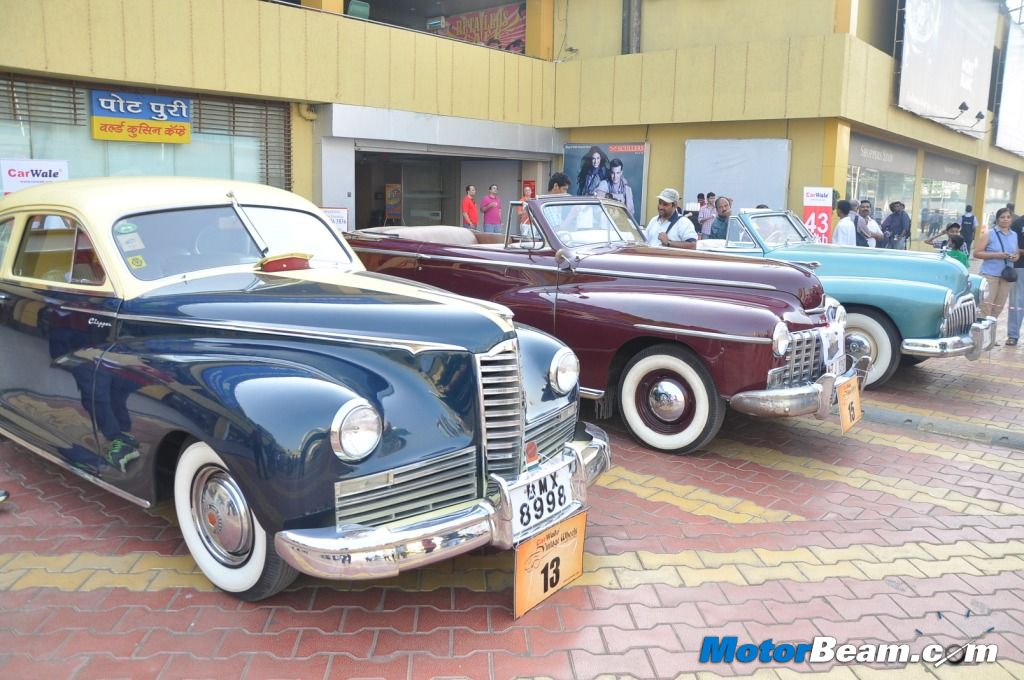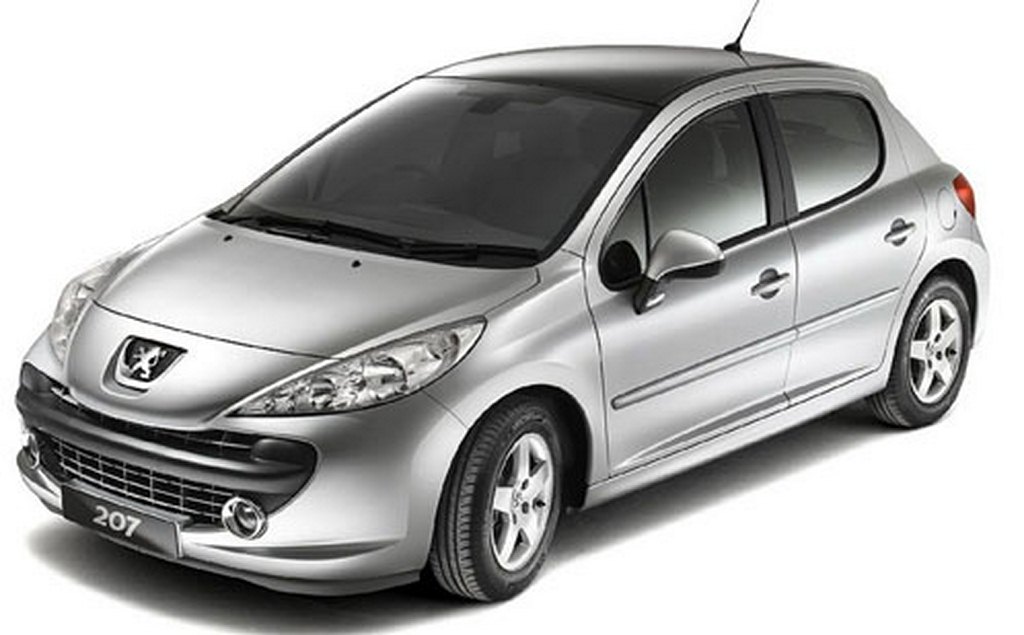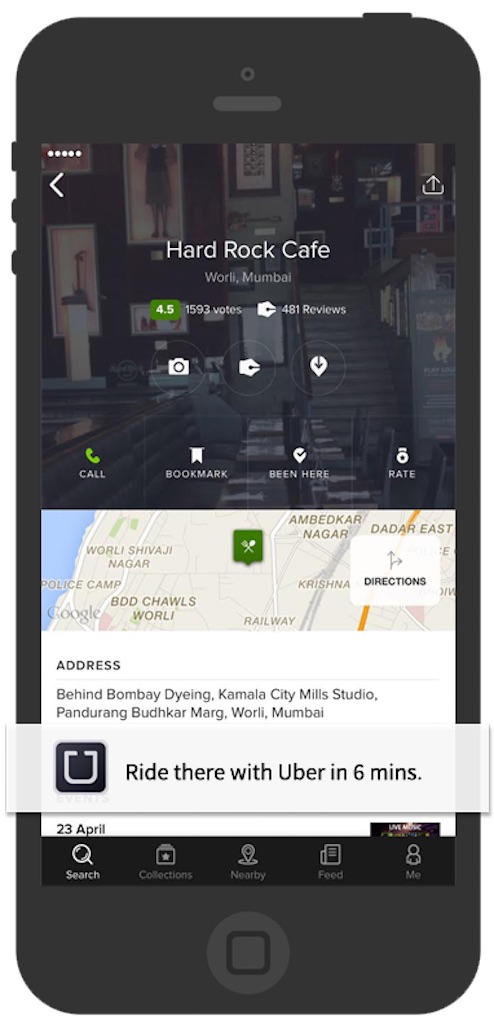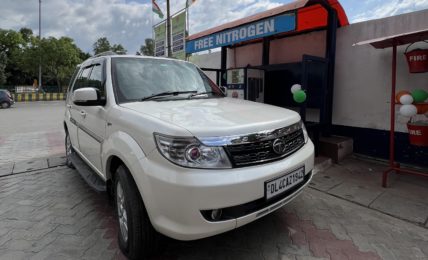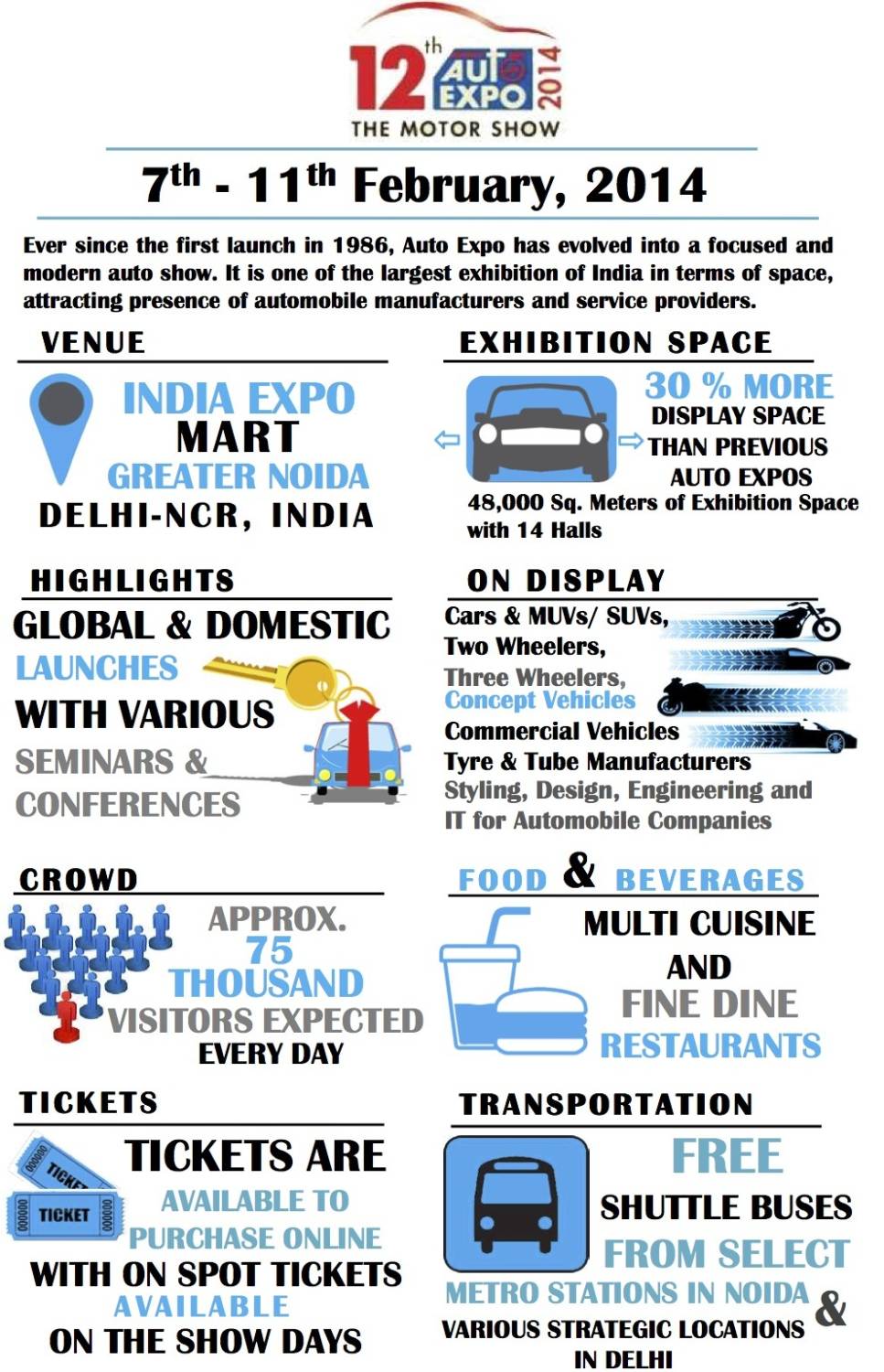The first thing that comes to a common man’s mind on hearing the name Cuba is cigar. Apart from that a movie freak must have also heard of the name “Guantanamo Bay”. Well this article is certainly not about the world’s best cigar or top class detention centre but about the auto industry in that country. You should be surprised to learn that most wealthy people in Cuba can’t afford a Peugeot. Yes, you read it right; it’s not a Rolls-Royce or a Ferrari but a Peugeot is a sign of wealthy person. The story goes like this.
Cuba is the house of vintage American cars; and these vintage cars are not used as showpieces but they are for daily usage. In early years Cuba used to import vehicles from USA, its neighbouring country; but the imports came to a halt in 1959 when economic reforms by the then new government of Fidel Castro prevented Cubans from buying cars on credit. Subsequently in 1960 USA imposed trade sanctions on Cuba in response to Cuba’s seizure of USA owned properties. This ensured that not only new vehicle exports would remain halted, but it also denied Cuban motorists a direct source of replacement parts.
Later The Soviet Union and Europeans supplied vehicles to the island but for state own purpose only. Since 2009, Cuba has imported sedans from Chinese automaker Geely to serve as police cars, taxis and rental vehicles. As many as 60,000 American vehicles are still in use on the island, nearly all in private hands. The pre-1960 vehicles remain the property of their original owners and descendants, and can be sold to other Cubans with proper documentation only. Almost all vintage cars have been modified with newer engines, disc brakes and other parts, often scavenged from Soviet cars. But there are still good number of vehicles that have been bearing original parts and are being coveted by collectors in other countries.
The Reforms – Things changed in 2011 where the government allowed Cubans to buy and sell used cars from each other, but they had to request authorisation from the government to purchase a new vehicle or a second hand one, usually a rental car, from state retailers. Newer models would largely belong to the government and they were sold at a relatively low price to select individuals, which included Cuban diplomats, doctors and teachers who served abroad.
Earlier this year, the Cuban government broke the 55 year old shackles and allowed its citizens the right to buy new and used vehicles from the state without special permission, but they put up a tax of 400 percent which bashed away the expectations of major population.
In Havana, a Peugeot dealership sells a 206 model for Rs. 54.6 lakhs where as a 508 model would cost Rs. 1.57 crores; the same 508 in Australia would cost Rs. 21 lakhs. Since January, the Peugeot dealership has sold plenty used rented cars with a base price of Rs. 15 lakhs; leaving the Cubans disgusted. Similarly a used Renault 2005 model would also cost Rs. 15 lakhs in Cuba; the car would cost just Rs. 1.8 lakhs outside the country (all values converted as per current exchange rate). If these are the prices we are talking about standard cars, how much would a supercar cost? Rs. 30 Crores or even 40 crores? Wait! What about a Bugatti Veyron? We estimate it to be anything around Rs. 200-300 crores.
A country where four out of five are labor force; count up to 5 million in population with average earnings of Rs. 1200 per month. These figures led to a disturbing number of 50. In the first six months of 2014, only 50 new cars were sold under the new law. The current reforms are not enough for a common man to afford even a second hand car. The Cuban government certainly needs to take a tough stand on the current reforms and need to propose more population friendly policies. We feel that with the current auto-policies, the country is stalling its overall development. The world has matured tremendously especially in the past few decades but countries like Cuba and North Korea are yet to enter the phase of globalisation in some aspects.


